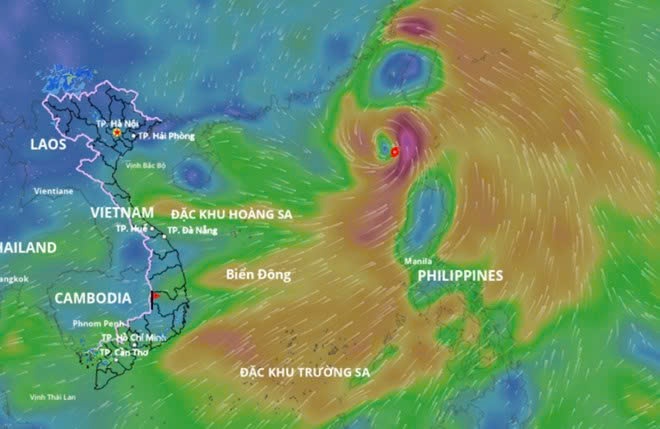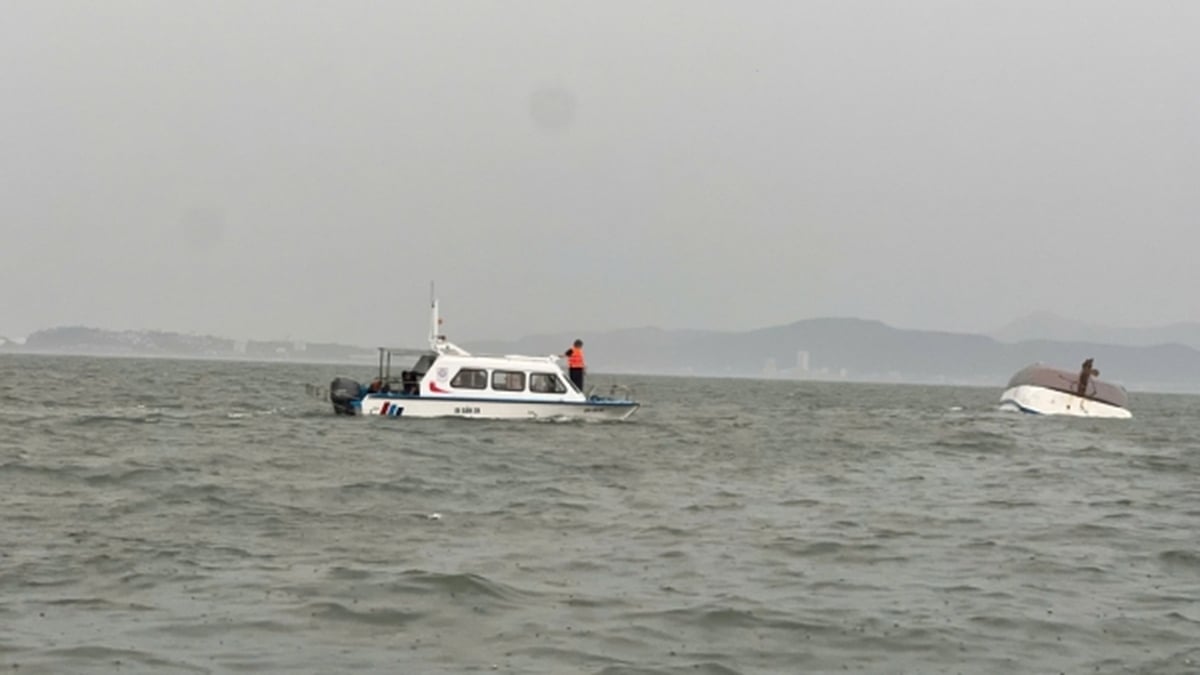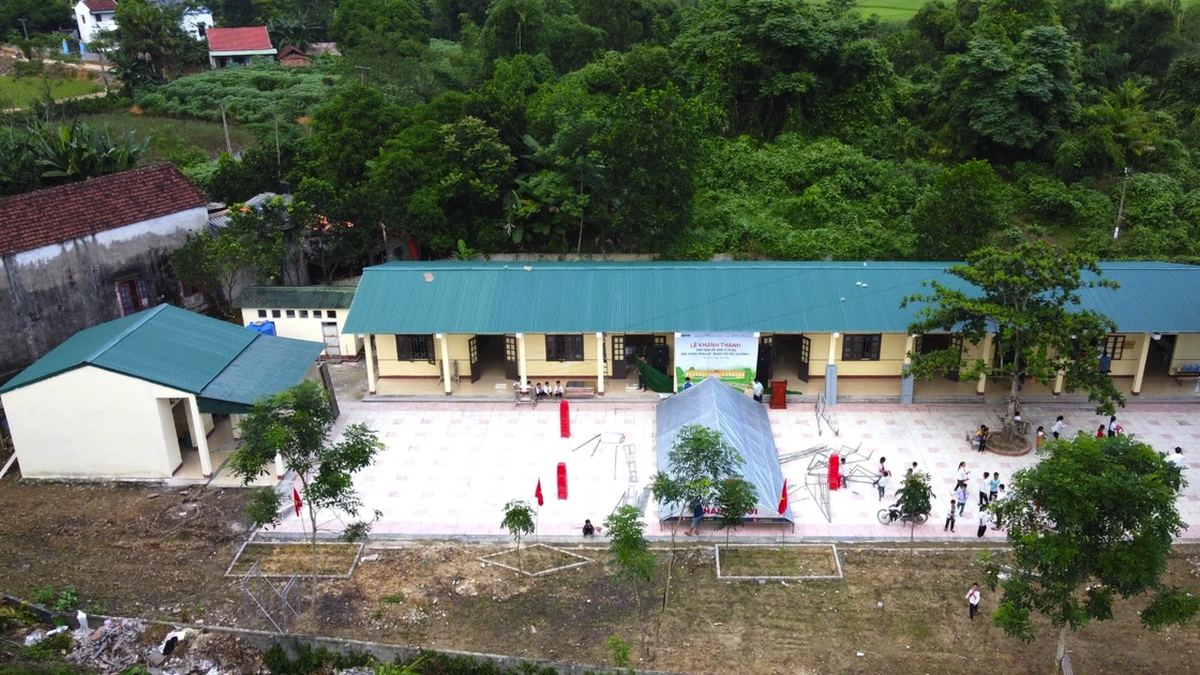According to Mr. Mai Van Khiem, Director of the National Center for Hydro-Meteorological Forecasting, at 7:00 a.m. on July 19, storm Wipha entered the northeastern sea area of the North East Sea, becoming storm number 3. The storm moved northwest with the strongest wind speed of level 9 (75-88 km/h), gusting to level 12.
According to forecasts, after entering the East Sea, storm Wipha will continue to move rapidly in the West-Northwest direction and is likely to strengthen.

At 1:00 a.m. on July 20, the center of storm Wipha was in the northeastern sea of the North East Sea, about 760 km east of Leizhou Peninsula (China). The storm's intensity was currently at level 10, gusting to level 12. Experts said that at 1:00 a.m. on July 21, the center of storm Wipha was about 210 km east-northeast of Leizhou Peninsula (China), the storm's intensity was now at level 11-12, gusting to level 14.
At 1:00 a.m. on July 22, the center of storm Wipha was in the Gulf of Tonkin, the storm's intensity had weakened to level 9-10, gusting to level 13. During the day and night of July 22, the storm moved mainly in the West-Southwest direction, entering the mainland of coastal provinces and cities in the North and gradually weakening.
Due to the influence of the storm, in the eastern sea area of the North East Sea, the wind gradually increases to level 6-7, near the eye of the storm, it increases to level 8-10, gusts to level 12, waves are 3-5m high. The sea is very rough.
Ships operating in the above-mentioned dangerous areas are likely to be affected by storms, whirlwinds, strong winds, and large waves. According to Mr. Khiem, due to the impact of the storm, from July 21 to 24, the Northern and North Central provinces are likely to experience widespread heavy rain with rainfall of 200-350mm, with some places over 600mm.
In response to the developments of storm No. 3, this afternoon, the Ministry of Agriculture and Environment (MARD) issued a telegram to the People's Committees of provinces and cities in the Northern region and coastal areas from Quang Ninh to Dak Lak on responding to storms in the East Sea.
To proactively respond to storms and the risk of heavy rain, floods, inundation, flash floods, and landslides, the Ministry of Agriculture and Environment recommends that provinces and cities from Quang Ninh to Dak Lak closely monitor the storm's developments; strictly manage means of transport going out to sea; organize counting and notify owners of means of transport, captains of ships and boats operating at sea of the location, direction of movement and developments of the storm so that they can proactively avoid, escape, not move into dangerous areas or return to safe shelters.
Provinces and cities shall deploy work to ensure safety of people, vehicles and property, especially for tourist sites, aquaculture, fishing and constructions at sea, on islands and coastal areas; based on specific situations, proactively decide to prohibit fishing boats, transport ships, tourist boats and evacuate people in cages, watchtowers for aquaculture along the coast, at sea and on islands to ensure safety; prepare forces and means for rescue when required.
For the plains of the Northern and North Central regions, focus on reviewing and being ready to evacuate people from unsafe houses, areas at risk of deep flooding, river mouths, and coastal areas; direct the work of ensuring the safety of sea dykes and river dykes, especially at vulnerable locations or under construction; proactively drain buffer water, prevent flooding to protect agricultural production, urban areas and industrial zones at risk of flooding.
The mountainous areas of the North and North Central regions deploy shock forces to inspect and review residential areas along rivers, streams, low-lying areas, areas at risk of flooding, flash floods, and landslides to proactively clear the flow of blocked and obstructed areas; organize the relocation and evacuation of people to safe places; direct commune-level authorities to notify each household living in areas at risk of landslides and flash floods to inspect and review the area around their residence to promptly detect unusual and dangerous signs in order to proactively evacuate from dangerous areas.
Source: https://cand.com.vn/Xa-hoi/bao-wipha-vao-bien-dong-canh-bao-mua-lon-dien-rong-phu-18-tinh-thanh-i775280/

































































































Comment (0)